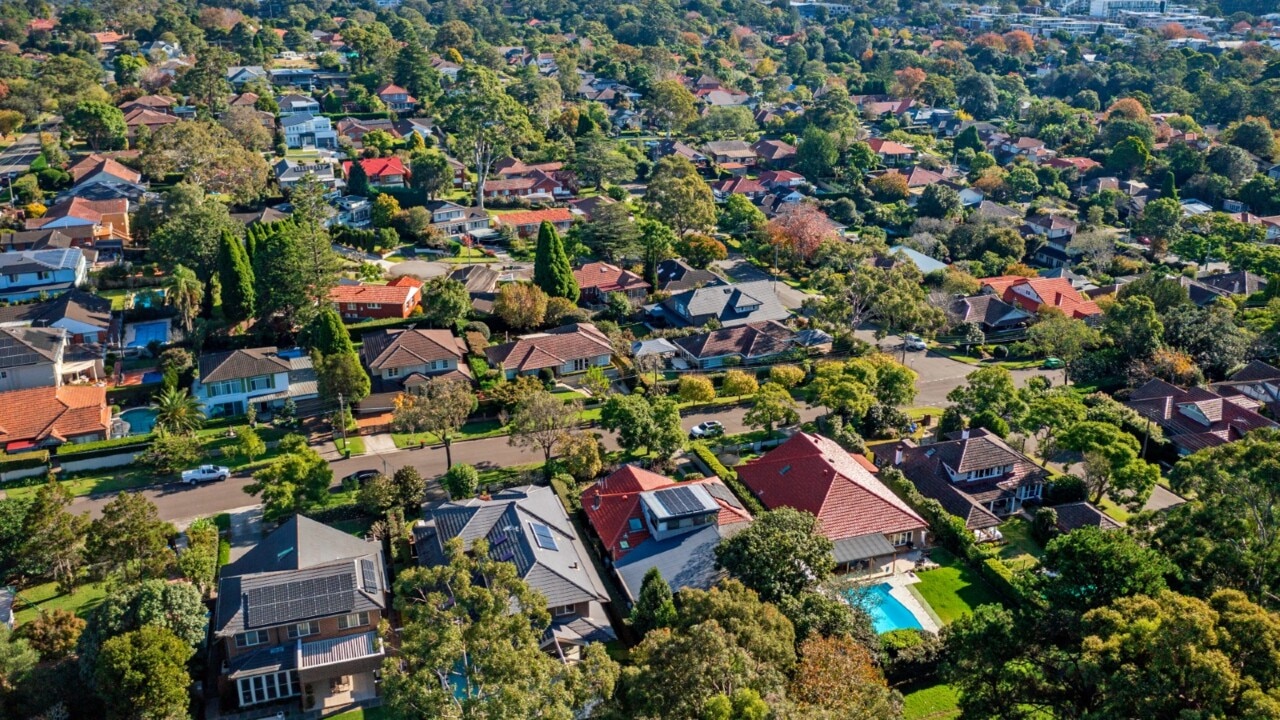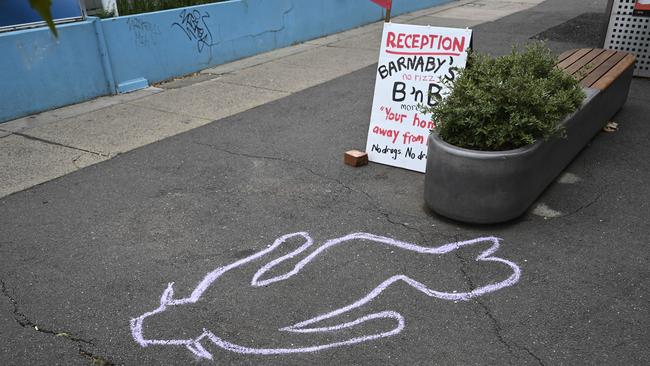Elites are drunk on high immigration, leaving mainstream Aussies with the hangover
Ordinary Australians keep being told that record high migration is good for them and the country. The only problem is that’s simply not true, writes James Morrow.

Opinion
Don't miss out on the headlines from Opinion. Followed categories will be added to My News.
Here’s a little joke for you, courtesy of the Canberra political class.
Why are after work drinks like net overseas migration?
Both make you feel richer, younger, and more confident at first, but if you go overboard you’re in a world of pain.
Boom-tish? Perhaps.
But underneath the gag is a telling illustration of how wide the gulf is between mainstream Australia and the people who would presume to tell mainstream Australians how to live.
Over the past fortnight the Nationals have had a run of bad luck, first with Barnaby Joyce losing a fight with gravity after a night out in the ACT (medication, we are assured, was involved).


Then, Perin Davey served up a bit of a word salad in Senate estimates after staff drinks (a clip of which was maliciously pumped on social media by Labor operatives).
The incidents touched off days and days of commentary, almost all of which seemed to stop just short of saying all of Canberra should go dry, just like it was from 1911 until 1928, when the first Parliament House opened with a Members’ Bar.
Even back then, apparently, the idea of a sitting week without a convivial beverage at the end of the day was considered cruel and unusual punishment.

At the same time, the debate over Big Australia, migration, and the size of our cities has been burbling away just under the surface, driven among other things by new migration figures and their effect on house prices, rents, and household incomes.
Here, rather than going all wowser on us, the political class consensus on immigration is more akin to Schoolies Week on the Gold Coast.
To hear Big Australia’s boosters tell it, if some migration is good (it incontrovertibly is), more must be better. Forget the increased competition for housing, effects on traffic and schools, inflation, or inevitable questions of social cohesion.
Migration makes us richer economically and culturally goes the story, and to the extent that there is any impact on housing demand, that’s nothing that more high density apartment developments can’t solve.
This consensus was recently expressed on Twitter (or X, if you will) by Peter Tulip of the free market Centre for Independent Studies think tank, who in the past has argued that “immigration boosts housing prices and needs to be better co-ordinated with housing supply.”
Last week he tried to divorce supply from demand, tweeting, “immigration and housing are separate issues. We can mend failures in one without having to argue about the other.”

As one respondent said, this was like trying to argue “population size and food supply (are) unrelated.”
Meanwhile, the OECD – one of the granddaddies of establishment consensus – also made the case for more Australian migration, claiming that parts of the country that had higher migration also had higher productivity and wages.
But dive into the numbers and the OECD’s push becomes a case of correlation being confused for causation. Migrants were naturally attracted to areas with higher productivity, but there was no proof they caused it.
What’s more, the study only looked at Australia from 2011-2018, before Covid, and before the recent surge.
This is why most Australians – despite being told otherwise - understand intuitively that past a certain point, more migrants mean lower wages and more competition for properties, particularly rentals.
And, lo and behold, the latest national vacancy rate came in at 1.1 per cent for January, down from an already shocking 1.3 per cent in December.
At the same time, new jobs are not being created anywhere fast enough, unemployment and under-employment are up, and household incomes are moving backwards at a rate of knots.
One can blame councils and NIMBYs up to a certain point, but it is not being “xenophobic” or “blaming migrants” to say that there is no physical way to sustain a building boom to house hundreds and hundreds of thousands of newcomers every year.
This is why pollsters from Resolve to the Australian Population Research Institute all find that despite what the political class tells them, majorities of Australians want to hit the brakes.
This is fertile ground for Peter Dutton and his immigration shadow Dan Tehan, who have ably prosecuted the government’s failings on the NZYQ case and boat arrivals.
But the Coalition will have to act fast. Labor knows they have to cut this off at the pass.
Despite their Big Australia DNA, the government has smartly moved to do something about the dodgier parts of the student visa industry, causing much squealing from sandstone vice-chancellors and less prestigious “training colleges” alike.
In the Victorian seat of Dunkley, site of an imminent by-election, tensions are running high on the ground over plans for new high rises that some quip could turn the place into the “Cold Coast”.
Anger is white hot in much of western Sydney about density too and what is seen as a plan to force people away from homes and cars towards apartments and trains and buses without their being consulted.
And with teal seats also in the frame for more development, the issue is ripe for the Coalition should they choose to seize it.





